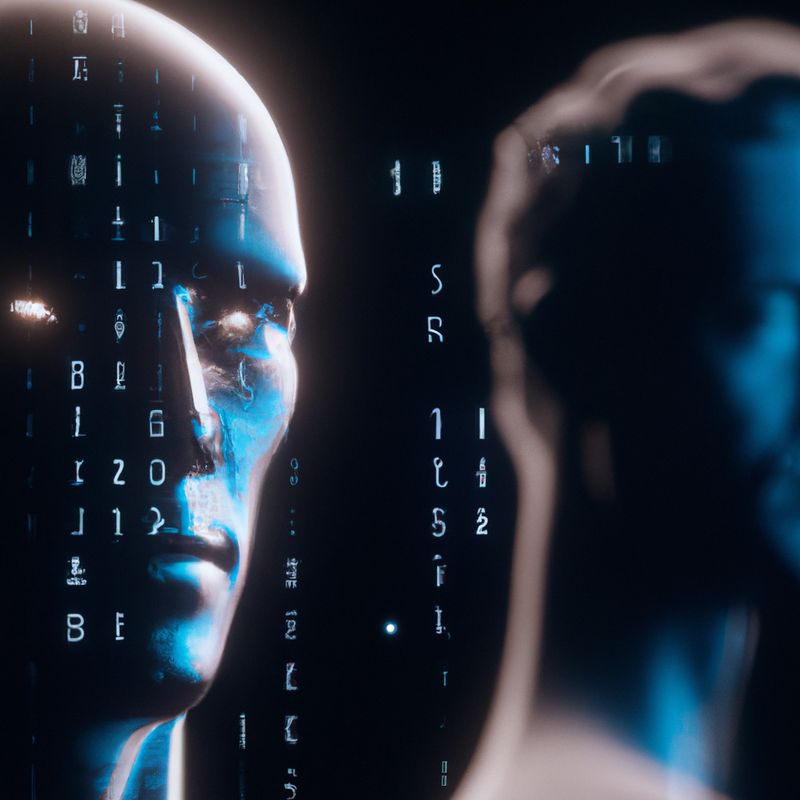Unlocking Generative AI Development through Diversity Inclusion

In the modern world of technology, Artificial Intelligence (AI) has become an integral part of our lives. AI has enabled us to automate mundane tasks, and it has also allowed us to develop new and innovative products and services. AI has the potential to revolutionize the way we interact with the world around us, and it is essential for us to ensure that we are taking the necessary steps to ensure that AI is developed in a way that is equitable and inclusive. In this blog post, we will explore how diversity inclusion can help unlock generative AI development.
What is Generative AI Development?
Generative AI development is a process of creating AI systems that can generate new content and ideas. Generative AI development is an important part of the AI development process, as it allows us to create systems that can learn from their environment and generate new ideas and content based on what they have learned. Generative AI development has the potential to revolutionize the way we interact with the world around us, and it is essential for us to ensure that we are taking the necessary steps to ensure that AI is developed in a way that is equitable and inclusive.
The Role of Diversity Inclusion in Generative AI Development
Diversity inclusion is an important factor when it comes to generative AI development. By incorporating diverse perspectives and experiences into the development process, we can ensure that the AI systems we create are more equitable and inclusive. Diversity inclusion can help to ensure that AI systems are designed with an understanding of different cultures, backgrounds, and experiences, as well as the unique needs of different user groups. Additionally, diversity inclusion can help to ensure that AI systems are designed in a way that takes into account the potential for bias and discrimination. By incorporating diverse perspectives into the development process, we can ensure that AI systems are designed in a way that is equitable and inclusive for all users.
How Can We Ensure Diversity Inclusion in Generative AI Development?
There are a number of steps that can be taken to ensure that diversity inclusion is incorporated into the generative AI development process. First and foremost, it is essential to ensure that the development team is diverse and inclusive. By ensuring that the development team is composed of individuals with different backgrounds, perspectives, and experiences, we can ensure that the AI systems we create are designed with an understanding of different cultures, backgrounds, and experiences. Additionally, it is important to ensure that the development process is transparent and open to feedback from diverse user groups. This can help to ensure that any potential biases or discrimination are identified and addressed in the development process.
It is also essential to ensure that AI systems are tested and evaluated with diverse user groups. By incorporating diverse perspectives into the testing and evaluation process, we can ensure that AI systems are designed in a way that takes into account the potential for bias and discrimination. Additionally, it is important to ensure that the development team is actively engaging with diverse user groups to ensure that the AI systems they are creating are equitable and inclusive for all users.
Conclusion
Generative AI development has the potential to revolutionize the way we interact with the world around us, and it is essential for us to ensure that we are taking the necessary steps to ensure that AI is developed in a way that is equitable and inclusive. Diversity inclusion is an important factor when it comes to generative AI development, and there are a number of steps that can be taken to ensure that diversity inclusion is incorporated into the generative AI development process. By incorporating diverse perspectives into the development process, we can ensure that AI systems are designed in a way that is equitable and inclusive for all users.
